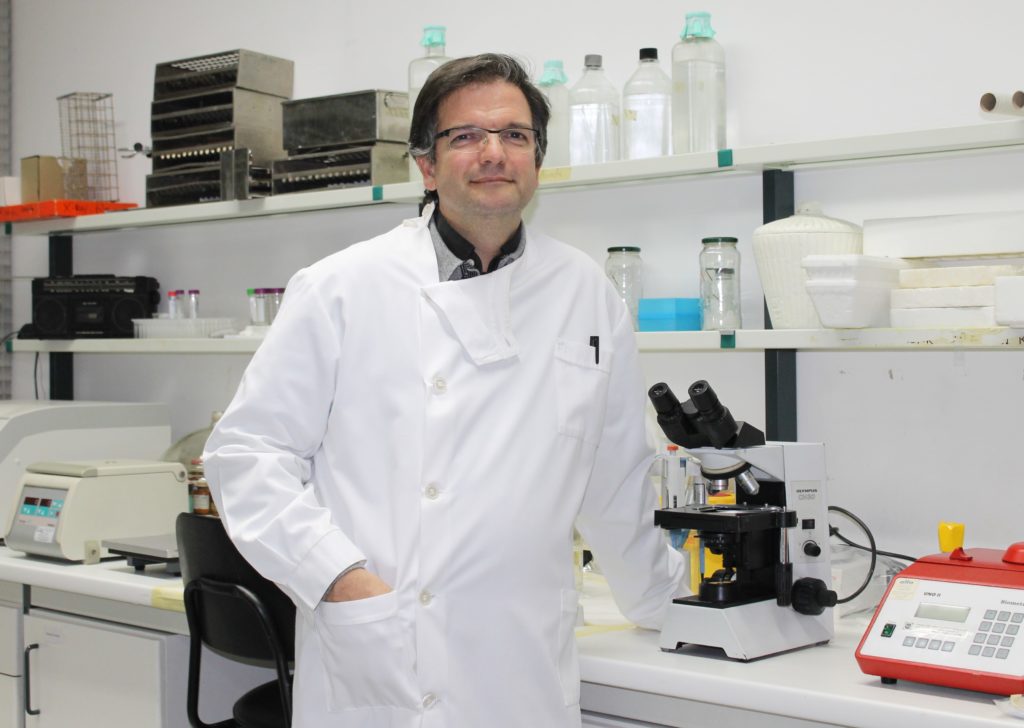
IHMT / NOVA participates in the most complete genomic analysis carried out on the most widespread form of the Tuberculosis bacillus, called Lineage 4 and predominant in Portugal and Europe, significantly increasing our understanding of the origin and dissemination of the most common and most tuberculosis, as well as their appetite for drug resistance. This study was published this week in the journal Science Advances.
For the study, genomic sequences of 1,669 Line 4 samples from different points in time were analyzed in Europe, Africa, Southeast Asia, South America and North America. These include samples taken from mummies from hundreds of years to today. Previous studies have shown that the ancestor of all TB strains evolved in Africa 4,000-6000 years ago and spread out from the mainland to the rest of the world. Of the seven current strains of the Tuberculosis bacillus, only lineages 2 and 4 are truly global in their distribution, reflecting a combination of past human migrations and their more effective transmission in relation to other strains. Lineage 4 in particular emerged in Europe some 1,000 years before it became the globally dominant form of tuberculosis globally. They are highly adapted to accuse active disease in humans but it has been shown that resistance to antibiotics is a recent and local problem, now present in several countries and regions, but with a minimal dispersion between countries as a result of bad health practices and lack of adherence to therapy by patients. Thus, countries that are able to stop the transmission of resistant strains within their territory should expect a massive reduction in drug-resistant tuberculosis – as was the case in Portugal.
To read the article please click here.
go to Cesteh Ensp Fiocruz
IHMT / NOVA participates in a Science Advances study that reveals the global spread of tuberculosis and its relation to European expansion and development of antibiotic resistance. – GHTM